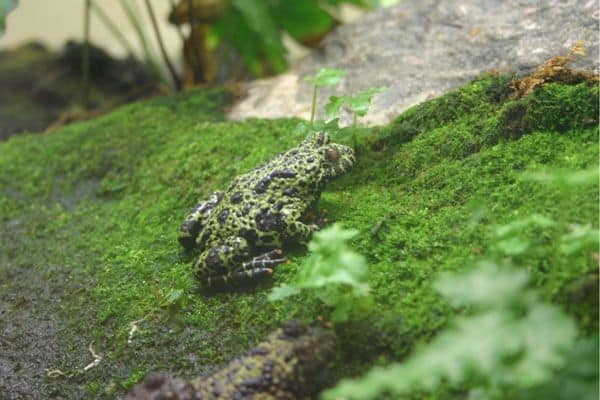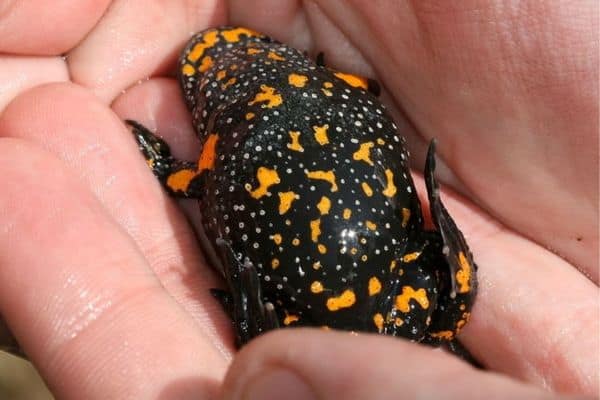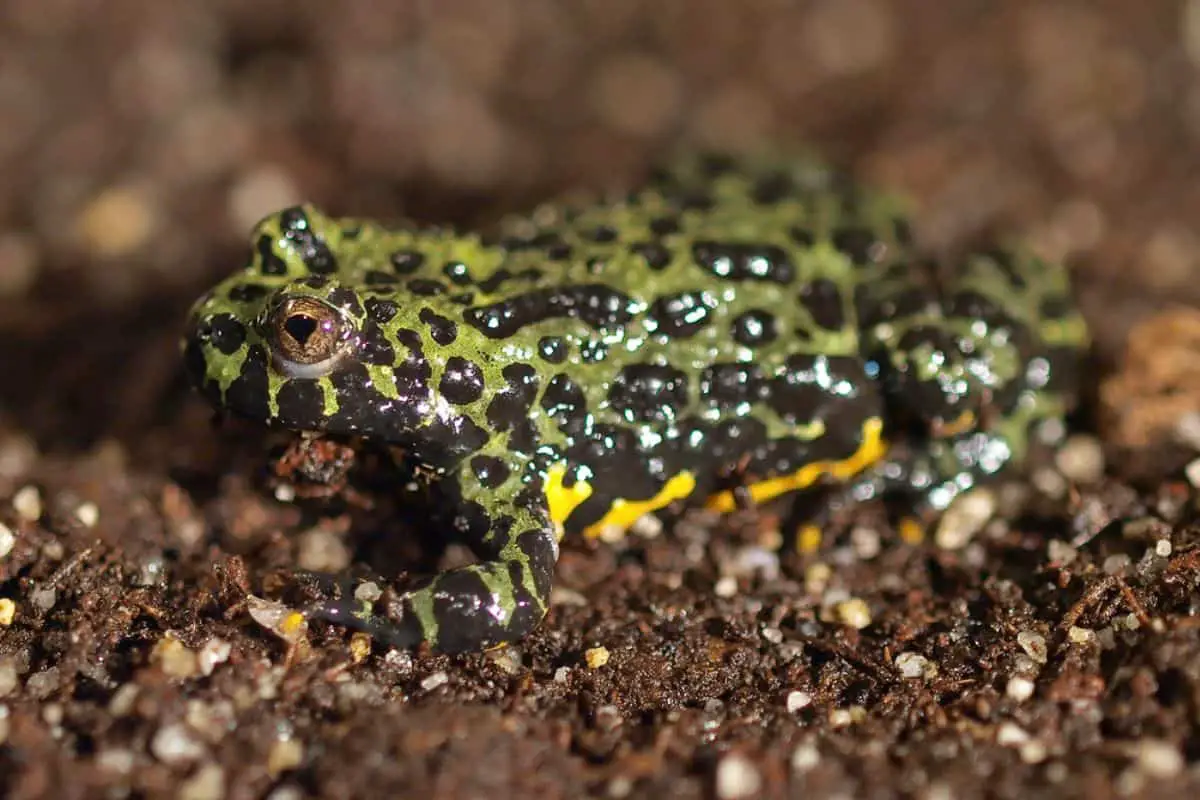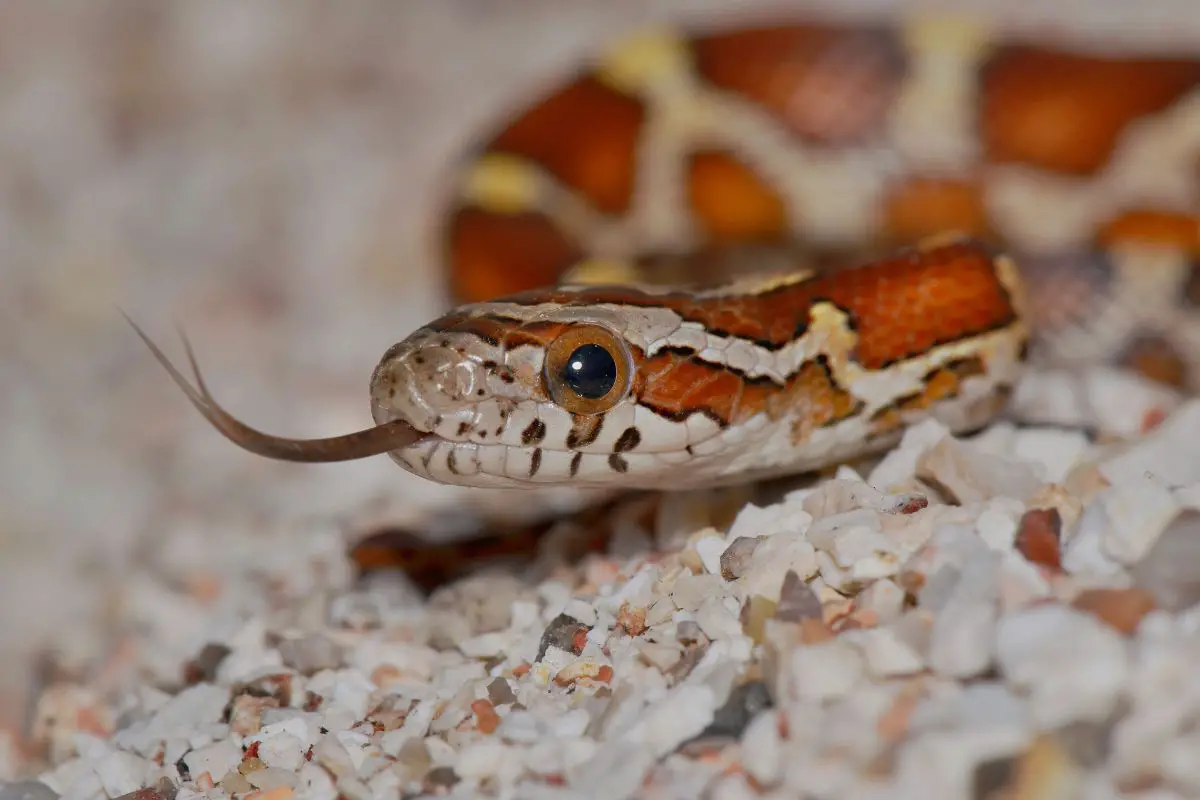In the United States, fire-bellied toads are among the most popular pet frogs. This is because they’re relatively easy to care for and are just generally tough amphibians. They’re very active, so make sure they have plenty of space to run around in. Apart from their eye-catching colors, there are several facts about fire-bellied toads that’ll help you learn more about them and keep them healthy as pets. So, continue reading to learn some more interesting facts about these colorful amphibians.
10 Facts about fire-bellied toads
1. There are six other species of fire-bellied toads

Fire belly toads come in six different species, all of which can be found in various regions of the globe. These are the Yunnan fire-bellied toad, Hubei fire-bellied toad, Apennine yellow-bellied toad, yellow-bellied toad, European fire-bellied toad, and the most common, Oriental fire-bellied toad.
These animals are typically about 2 inches long, which is quite little for a toad. They’re known for having colorful bellies as a means of scaring off predators to survive in the wild. These animals are carnivorous amphibians that feed on mollusks and insects found in their natural habitat.
2. They secrete toxins through the skin of their hind legs
Fire-bellied toads are frogs that produce a toxin through their skin. When threatened, fire-bellied toads will release this toxin through pores on their backs until they’re coated. If the predator chooses to eat them, they’ll experience the effects by tasting something unpleasant and will never consider attacking the toad again.
This ability protects them from predators like birds and snakes, which would eat them if they couldn’t flee fast enough. Some of their predators, such as water serpents, have been observed eating fire bellies without being affected by their toxins.
3. They can live up to 30 years in captivity

These amphibians can outlive most toads and frogs. Fire-bellied toads can live in captivity for up to 30 years. However, in the wild, they can only live for 15 years due to various factors such as disease, predation, and habitat loss.
These species typically emerge from their eggs three to ten days after the female adults have laid them. After eight weeks, they’ll begin to develop lungs and legs; at twelve to fourteen weeks, they’ll start to move on land and lose their tails. Their maturation into adults takes only five months, and they can live for a long time in captivity if properly cared for.
4. They’re named “fire-bellied” because of their brightly colored ventral regions
Fire bellies were named after their distinctive belly color. You’ll notice a bright color on their undersides, which are usually red-orange or yellow with dark spots. On their rough back, they have a color ranging from brown-gray to gray-green.
This enables them to blend in with their surroundings, such as the murky waters and water’s edge they typically inhabit, so large animals won’t easily spot them.
5. They’re popular as pets

Fire-bellied toads make excellent pets because they’re friendly, low-maintenance, and come from a species that doesn’t require a large enclosure. However, some conditions must be met in order for this species to thrive in captivity.
Fire belied toads don’t require a lot of space to live, making them ideal for apartment dwellers or people with limited space. A 10-gallon tank can hold three adult fire bellies. If you have more than three of them, a 20-gallon tank is recommended.
They also require 60-85% humidity and a substrate within the aquarium. Because these animals are extremely toxic, you must exercise extreme caution when handling them as pets.
6. Fire-bellied toads aren’t true toads
The fire-bellied toad may resemble and be named after a toad, but it’s actually a frog. The fire-bellied toad is a small amphibian with many toad-like characteristics. This species, however, belongs to the Bombinatoridae family of toxic frogs with flat bodies.
Despite having warty and rough skin like toads, these species aren’t fully terrestrial and require water and humidity to survive. They also have bright and colorful skin, as compared to toads, which are mostly dark.
7. They flash their bright warning spots when danger is sensed

When these animals are attacked, they flip over and arch their backs, revealing and emphasizing the bright colors of their bellies. This alerts predators that they’re toxic to consume and have an unpleasant taste to deter them.
This is one of the defense mechanisms that distinguish fire bellies from other frogs. They, like toads, secrete toxins in their skins, making them poisonous to consume. Their toxins irritate the predator’s mouth and eyes, scaring them away.
8. This family of frogs can’t extend their tongues like other toads or frogs
One of the fascinating aspects of fire-bellied toads is how they hunt for prey. One feature distinguishing these frogs from others is their inability to extend their tongue. These frogs are ambush predators with short and stubby tongues, making it difficult for them to catch prey.
They must rely on other hunting methods, such as waiting for an animal to come to them or hiding in areas where prey are likely to pass by. Since they can’t extend their tongues, unlike other frog species, they don’t catch flying species. Instead, they favor prey like worms, arthropods, and mollusks that are found in the water or on land.
9. Fire-bellied toads hibernate in groups

This species hibernates throughout the winter, from late September to late April or May, and will gather in groups of up to six individuals to begin digging deep burrows into the ground, where they can stay for up to seven months without eating or drinking anything. This is how they survive the winter without freezing solid like other animals when the temperatures outside drop low.
They’ll emerge from hibernation and settle in shallow waters to find mates and breed.
10. Females lay 100-257 eggs
During the breeding season, females of this species lay 100 to 257 eggs. Every 7 to 10 days, they lay batches of 3 to 45 eggs. These eggs are laid on submerged plants and receive no attention from either the female or male adults.
They’ll have to survive in the wild on their own after hatching. Their health and fitness are also affected by the temperature of the water in which they’re laid. In warm waters, the small eggs produce healthier larvae, while in cold waters, the large eggs produce the healthier ones.


